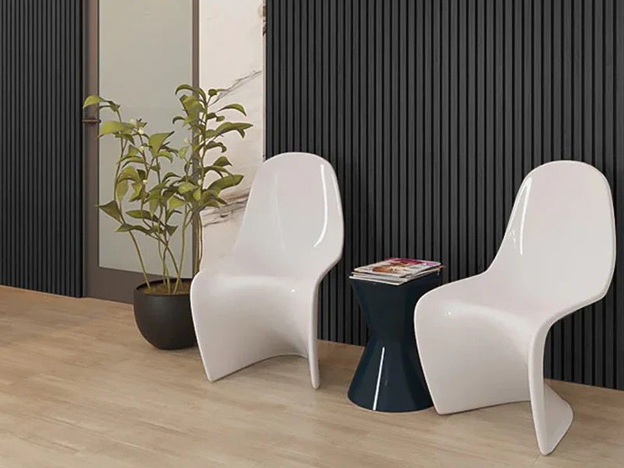Designer Pool Covers: Enhancing Aesthetics and Functionality for Your Home Designer Pool Covers: Enhancing Aesthetics and Functionality for Your Home
When it comes to maintaining our swimming pools, one of the best investments we can make is a designer pool cover. A quality pool cover not only keeps our pools clean but also enhances safety, protecting children and pets from accidental falls. With various types available, including safety covers specifically designed for child and pet safety, we can choose the perfect option for our needs.

Safety is paramount for every pool owner. Installing a pet and child safety cover can significantly reduce the risk of accidents around our swimming pools. These covers are designed to withstand weight and prevent access, giving us peace of mind while our loved ones are nearby.
Additionally, designer pool covers contribute to energy efficiency. By reducing evaporation, they help maintain water temperature and can decrease heating costs. Investing in a stylish and functional pool cover is a smart choice for both safety and cost savings.
Types of Designer Pool Covers

When choosing a designer pool cover, we consider various types to best fit our pool’s needs. Understanding each type helps us make informed decisions based on safety, efficiency, and convenience.
Automatic Pool Covers
Automatic pool covers offer the highest level of convenience. These covers operate with a simple push of a button, making them easy to use. They are designed to slide on and off the pool surface quickly.
Benefits of automatic covers include:
- Safety: They support weight, preventing accidental falls.
- Energy Efficiency: They help maintain water temperature by reducing heat loss.
- Debris Protection: They keep leaves and dirt out, reducing cleaning time.
While automatic covers can be more expensive, their long-term benefits often justify the investment.
Thermal Blankets and Solar Pool Covers
Thermal blankets and solar pool covers are excellent for those looking to conserve energy. These covers are lightweight and typically made of insulating materials that help maintain warmth.
Key features include:
- Heat Retention: They minimise heat loss during the night.
- UV Protection: They block harmful UV rays, reducing the chance of algae growth.
- Cost-Effective: They are generally more affordable than automatic covers.
Using solar pool covers can also reduce heating costs, making them a popular choice for many pool owners.
Manual Pool Covers
Manual pool covers are a versatile option that combines affordability and practicality. These covers require manual labour to put on and take off, but they are effective in protecting the pool.
Types of manual covers include:
- Tarp Covers: These are the most basic and budget-friendly option.
- Mesh Safety Covers: They allow water to drain through while keeping debris out.
- Solid Vinyl Covers: They provide full protection from debris but require more maintenance.
While they may not offer the convenience of automatic options, manual covers are reliable and can suit a variety of needs.
Installation and Maintenance Considerations

When installing a designer pool cover, we must consider the specific needs of our pool, including its shape, the potential for energy savings, and the safety features of the cover. Each aspect plays a crucial role in ensuring effective usage and longevity.
Suitability for Different Pool Shapes
Different pool shapes, such as rectangular or irregularly shaped pools, require specific installation methods. Rectangular pools are generally easier to cover because standard sizes can fit well without adjustments. Conversely, irregularly shaped pools may need custom-fit solid pool covers for proper coverage.
When selecting a cover, it’s important to consider how well it conforms to the pool edges. Covers made from durable materials like vinyl are often preferred. They provide a snug fit and help with insulation, which can reduce our energy consumption by retaining heat.
Energy Savings and Insulation Benefits
Using a proper pool cover can significantly impact our energy consumption. A well-insulated cover often incorporates UV inhibitors and materials designed for heat retention. This insulation helps to keep the pool water warm, reducing the need for heating during cooler months.
Moreover, automatic vinyl safety covers can be more efficient in energy savings compared to manual options. They are easy to use with a convenient track system, making it more likely that we will consistently cover the pool when not in use. This regular coverage further boosts energy efficiency and lowers our heating costs.
Safety and Durability Features
Safety is paramount when selecting a pool cover. Features such as strong anchoring systems and durable materials ensure that the cover can withstand wear and tear. Solid pool covers, for instance, help prevent accidental falls and keep debris out, contributing to pool maintenance.
Vinyl safety covers stand out due to their strength and weather resistance. They offer added durability against environmental factors. Additionally, we should look for options with reinforced seams and robust fasteners to enhance safety and extend the lifespan of our cover.




